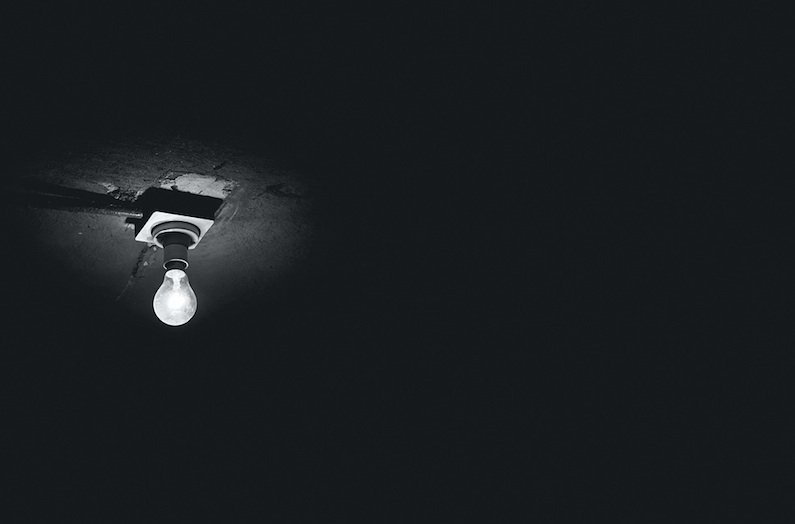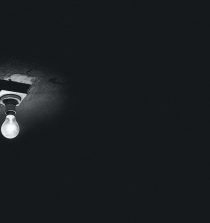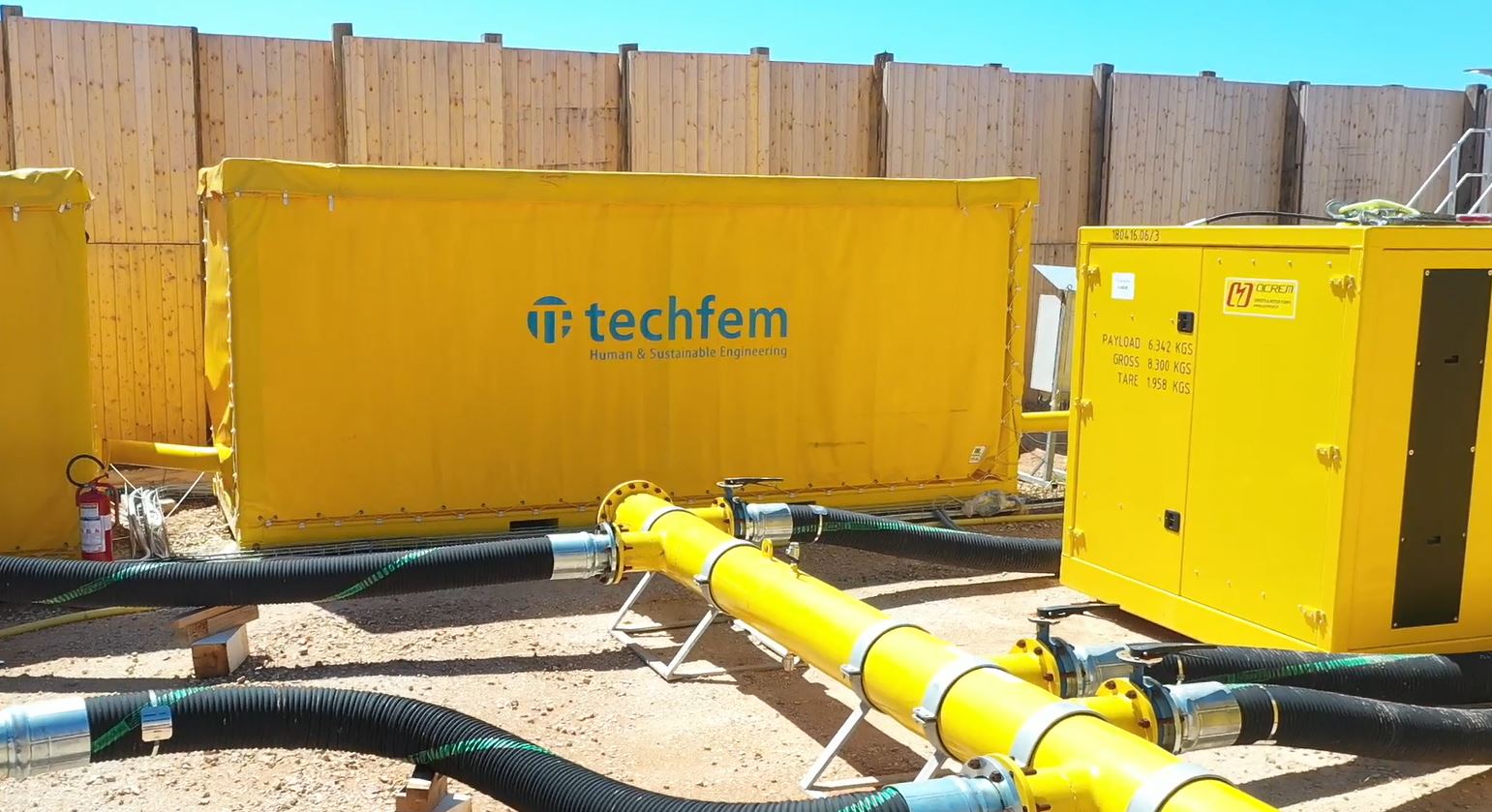By Niyi Oyedeji
IBRAHIM Akanbi, 12, was nervous as he paced up and down in his parents’ living room. For over 12 hours, he and the rest of the household have been in the dark due to power outage. His hope for a quick restoration of power supply by the Ibadan Electricity Distribution Company (IBEDC), the power distribution company was fast fading. There were just a few hours left to the commencement of an online course to which, his father, Adesola Ibrahim enrolled him. He needed the online class to cover for the loss of academic time caused by the COVID-19 Pandemic.

Nigeria government could not provide e-learning facilities for pupils and students in public schools due to lack of internet, but Take A Course Online (TACO) educational services, one of several private initiatives to bridge the gap are the ones young Akanbi was eager to join online.
“I have missed my online classes for three consecutive times now due to non-availability of electricity in our area,” says a frustrated Akanbi.
“I’m beginning to get scared I might not be able to catch up with my colleagues,” adds the Junior Secondary School three (JSS3) student.
According to the United Nations Educational, Scientific and Cultural Organization (UNESCO), schools have been closed in not less than 185 countries due to COVID-19.
On March 19, the Federal government of Nigeria through the Federal Ministry of Education ordered the immediate closure of tertiary institutions, secondary and primary schools nationwide following the outbreak of coronavirus in the country and as part of measures to contain the spread.
While schools owned privately have moved on with e-learning for their students, state-owned schools are grappling with the inability to deploy internet facilities for the same purpose and poor power supply has compounded the challenge.
Akanbi is in one of those state-owned schools in his hometown, Ibadan, the capital city of Oyo State.
Like Akanbi, Ajijola Gabriel, an undergraduate studying Mass Communication at Yaba College of Technology, Lagos says he is now a nightcrawler due to incessant power outages.
“We only have power for just three out of the 24-hours we have in a day and that is always between 1:00 am and 4: 00 am,” says Gabriel who studies at night to keep abreast of the curriculum since COVID-19 forced schools to be shut down.
“In fact, I no longer sleep at night, just so I can read and get courses done online since schools are shut down due to COVID-19,” he said.
In a bid to cushion the effect of COVID-19 on the students, some states in Nigeria that could not adopt e-learning introduced Television and Radio learning to cater to the students, but the poor power supply would not allow the students to take this advantage.
On June 2, Afolayan Grace, a primary 5 pupil, who resides in Apomu town in Osun State was happy because she could watch an English class on the television for the very first time since the state government introduced both online and on-air learning in the state.
But it was just 30 minutes into the class when the power supply was disrupted and young Grace broke down in tears.
“I felt disappointed and I cried,” the 10-year-old girl recounted.
Unending challenges
Power generation and distribution is a major challenge in Nigeria, despite being the largest economy in Africa.
Nigeria, though endowed with large oil, gas, hydro and solar resources has the potential to generate 12,522 megawatts (MW) of electric power from existing plants but on most days, generate 4,000 MW, which is insufficient for the country’s teeming population.

Only 57 percent of the country’s 200 million population have access to electricity.
While just 31 percent of people living in the country’s rural areas have access to electricity, the 82 percent of people living in the urban areas that have access to electricity still usually experience persistent power outages.

According to a Bloomberg report, an average home in Nigeria gets national grid power for about nine hours daily. It could be worse in some communities and homes.
The Federal Government of Nigeria has so far spent over N1.7 trillion on the already privatised power sector in the last three years. Despite this huge amount of money expended on the power sector, about 80 million Nigerians living in 8000 villages across the country lack access to electricity.
The way forward
In order to salvage the energy crisis facing a larger percentage of Nigeria’s population, so many recommendations have been made, most of which urged the country to explore renewable energy potentials.
The United States Agency for International Development (USAID) noted that improving the power sector is critical to addressing development challenges in Nigeria.
Founder of Renewable Energy and Environmental Sustainability Initiative for Africa (REES Africa), Yetunde Fadeyi says the problem of energy deficiency facing a larger percentage of Nigerians can be mitigated if the country could look inward to embrace renewable energy.
“More than half of Nigeria’s population live in rural areas and are not connected to the grid due to the peculiarities of these rural areas. Access to electricity is a luxury they cannot afford hence, they are excluded from this service and that’s why it is necessary for the government to embrace renewable energy to solve the problem of these people and that of other people facing energy challenges in the country,” she said.
This report was supported by PAGED Initiative










Thanks for sharing. I read many of your blog posts, cool, your blog is very good.
I don’t think the title of your article matches the content lol. Just kidding, mainly because I had some doubts after reading the article.
Heya i am for the first time here. I came across this board and I find It truly useful &
it helped me out much. I hope to present one thing again and help
others like you aided me.
Feel free to surf to my webpage; aqua sculpt ice water reviews
Consistently excellent, year after year.
cost cheap lisinopril pill
Their worldwide delivery system is impeccable.
Their multilingual support team is a blessing.
how to buy cytotec for sale
Always a pleasant experience at this pharmacy.
Love their range of over-the-counter products.
gabapentin natural substitute
Their global pharmacists’ network is commendable.
Always my first choice for international pharmaceutical needs.
can i order generic cytotec online
Their commitment to global patient welfare is commendable.
Always on the pulse of international healthcare developments.
gabapentin und fibromyalgie
All trends of medicament.